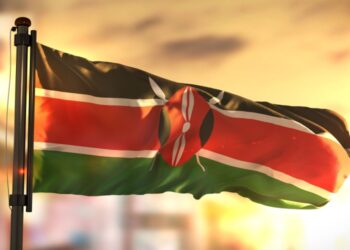A minimum wage is the lowest remuneration that employers can legally pay their employees – the price floor below which employees may not sell their labor. Most countries had introduced minimum wage legislation by the end of the 20th century. Because minimum wages increase the cost of labor, companies often try to avoid minimum wage laws by using gig workers, by moving labor to locations with lower or nonexistent minimum wages, or by automating job functions.
The purpose of a minimum wage is to establish a baseline income level for workers in a given jurisdiction. Ideally, it’s enough to cover basic needs like food and housing, but this isn’t always a guarantee. Generally speaking, developed countries have a higher cost of living, and thus require a higher minimum wage. Each value represents the monthly minimum wage a full-time worker would receive in each country. These figures are net of taxes and have been converted to USD.
Here are the top 20 countries with the highest minimum wages in the world.
| Rank | Country | Minimum wage |
| 1. | Luxembourg | $2,140 |
| 2. | Australia | $2,022 |
| 3. | Netherlands | $1,895 |
| 4. | New Zealand | $1,866 |
| 5. | Ireland | $1,753 |
| 6. | UK | $1,705 |
| 7. | Germany | $1,594 |
| 8. | US | $1,550 |
| 9. | Canada | $1,545 |
| 10. | Belgium | $1,509 |
| 11. | Israel | $1,389 |
| 12. | France | $1,380 |
| 13. | South Korea | $1,333 |
| 14. | Puerto Rico | $1,328 |
| 15. | Hong Kong | $959 |
| 16. | Saudi Arabia | $958 |
| 17. | Spain | $925 |
| 18. | Slovenia | $896 |
| 19. | Cyprus | $854 |
| 20. | Taiwan | $800 |




































































































































































































